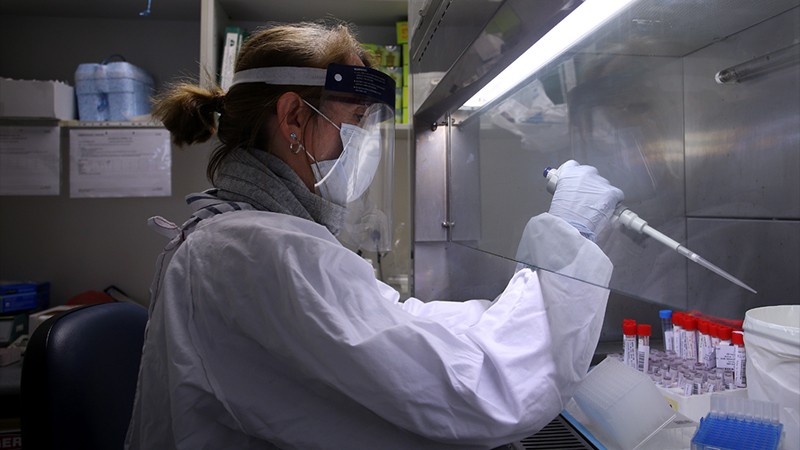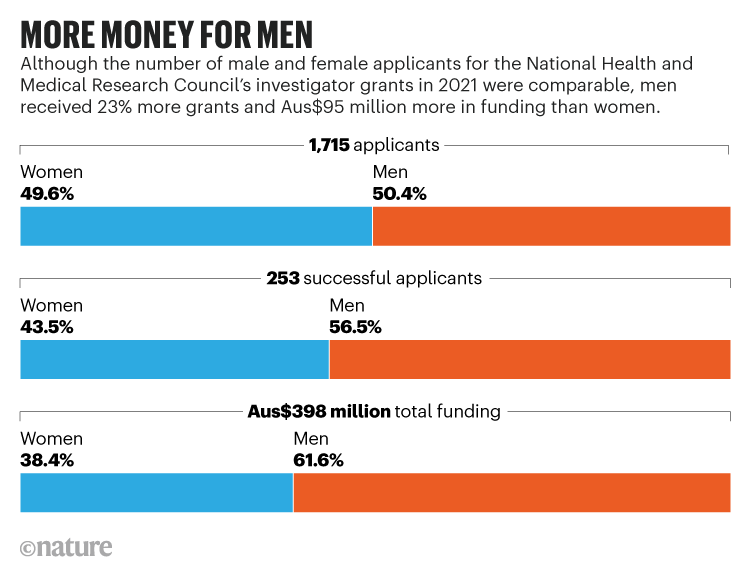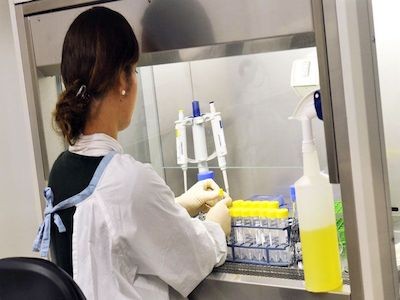Men secure a greater share of medical-research funding than women in Australia’s largest grant-award programme, despite applying at similar rates, according to an analysis. The issue was first flagged by researchers in 2019; however, this time, nearly 6,000 people have signed a petition calling for the introduction of gender quotas.
“It is soul-destroying to watch a disproportionately higher number of young bright women stagnate or be pushed out of the system compared to their male counterparts,” says Rachael Murray, a biomedical scientist at the Queensland University of Technology in Brisbane.
The findings come after the National Health and Medical Research Council (NHMRC) completely overhauled its funding programmes in 2018–2019, attempting to take gender equity into account.
Funding disadvantages women
The awards in question are the NHMRC’s investigator grants, comprising Australia’s largest research-funding programme, which consolidates salary and project support into one flexible, five-year grant for the best researchers at various stages of their careers. Before 2019, scientists had to apply for a fellowship to fund their salary, and separate grants for their research.
The NHMRC has previously acknowledged problems with equity, and in 2018 it released a gender-strategy report. The hope was that by combining salary and research funding, the new investigator grants would allow projects to continue if their leaders needed to work part-time because of childcare or other responsibilities.
But the data from the latest round of funding in 2021, released in October, suggest that the new scheme still favours men over women.
Men won more grants and were awarded more money, according to Louise Purton, a stem-cell biologist at St Vincent’s Institute of Medical Research in Melbourne and Jessica Borger, a medical researcher at Monash University in Melbourne, who crunched the numbers and revealed the disparity in an article for Australian news site Women’s Agenda.
“Men were disproportionately awarded a staggering 23% more grants, corresponding to an extra $95 million in funding,” they write.
Across the scheme, men and women applied for grants at similar rates — with 865 men applying for funding, alongside 850 women. But 143 men secured funding totalling Aus$245 million (US$176 million), compared with 110 women netting just $153 million (see ‘More money for men’).
The scheme offers grants at three levels of seniority. At the most junior level, women as a whole secured equal amounts of funding to men, but the distribution of grants for more established scientists was skewed heavily towards men. Only about 20% of the awards for the most experienced scientists went to women, according the analysis.
Anne Kelso, the NHMRC’s chief executive, agreed that there are clear gender disparities, but says that they reflect the disparities in the gender balance of the make-up of scientists at various career stages at Australia’s universities.
“The single biggest contributor to the investigator grant outcomes is the predominance of male applicants at the most senior level of the scheme,” she told Nature. At that level, for which the funds awarded are the highest (see ‘Shrinking success rate’), there were about four times more male than female applicants, she says.
‘Australia has a terrible record’
The petition, created last month in response to Purton and Borger’s analysis, says that the NHMRC “is awarding women significantly less funding than their male counterparts in a broken system”, which it says “requires an urgent strategic overhaul”.
It is calling for the funding body to allocate the same amount of money to men and women, and to include a separate pot for non-binary applicants. It also pushes for set gender quotas for fellowships at each level of seniority.
In response to these calls, Kelso says “all options are on the table”, adding that the “NHMRC schemes are under continuous review to ensure they are meeting their objectives” in terms of gender equity.
Megan Head, an evolutionary biologist at the Australian National University in Canberra, agrees with the adoption of gender quotas for funding schemes. “Australia has a terrible record with gender equity in science, technology, engineering and mathematics,” she says.
Similar issues have been reported in other nations. A 2019 survey in the United Kingdom suggested that women starting their own laboratories tended to get a lower salary and have fewer staff than did men.
But an analysis of data from the US National Institutes of Health, published in 2018, suggests that although women are more likely than men to drop out of academia at early career stages, once a female scientist receives one big grant from the agency, she is almost as likely to remain in research as her male counterparts.
Despite the disparity in grant outcomes this year, Kelso argues that across the whole of the NHMRC — which distributes $1.1 billion annually — funding rates for men and women are nearly equal. And since 2019, the body has also introduced mechanisms that are designed to improve the diversity of grant holders, including the use of a separate pot of money to fund high-scoring female applicants who just missed out on securing an investigator grant.
"share" - Google News
November 26, 2021 at 12:23PM
https://ift.tt/312GkF2
Outcry as men win outsize share of Australian medical-research funding - Nature.com
"share" - Google News
https://ift.tt/2VXQsKd
https://ift.tt/3d2Wjnc
Bagikan Berita Ini



















0 Response to "Outcry as men win outsize share of Australian medical-research funding - Nature.com"
Post a Comment